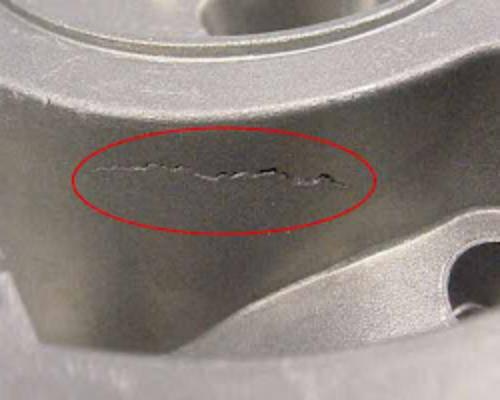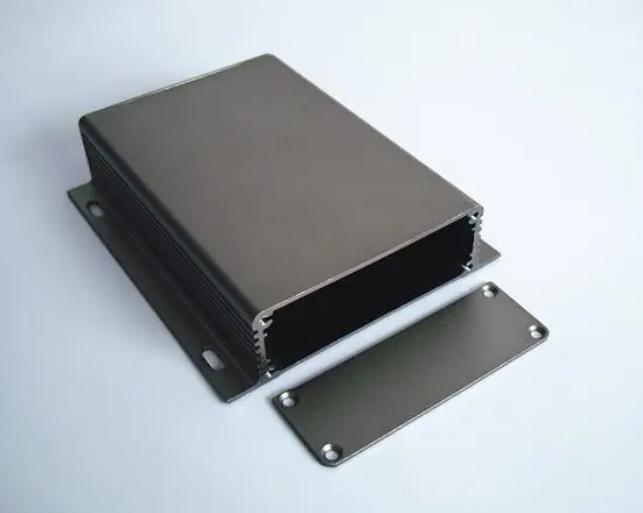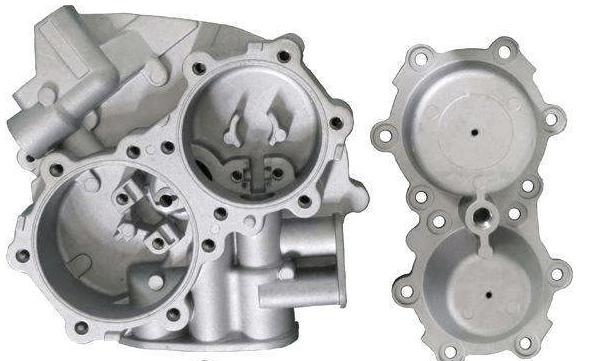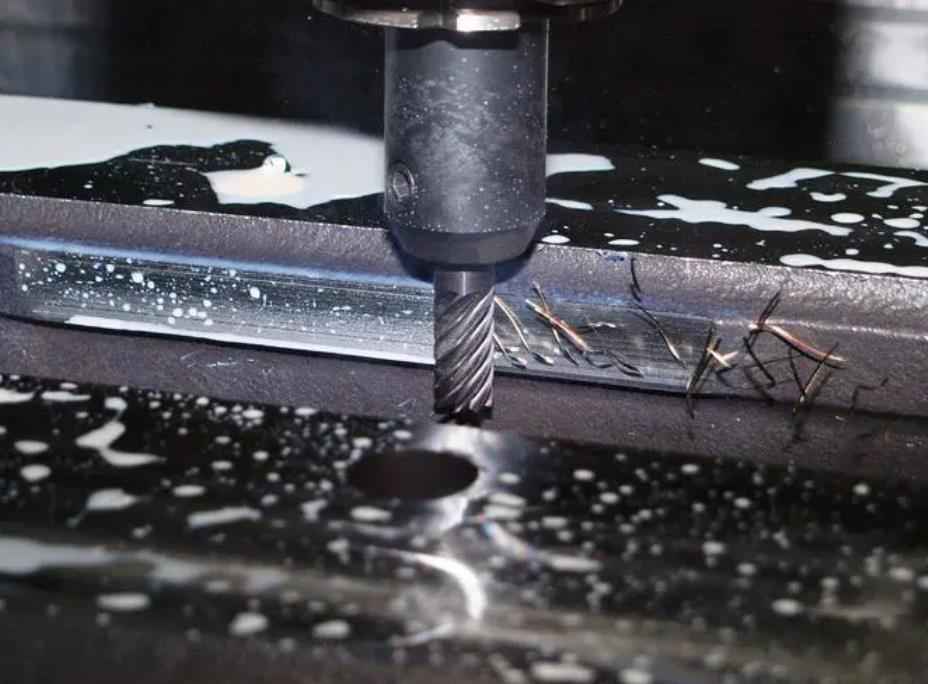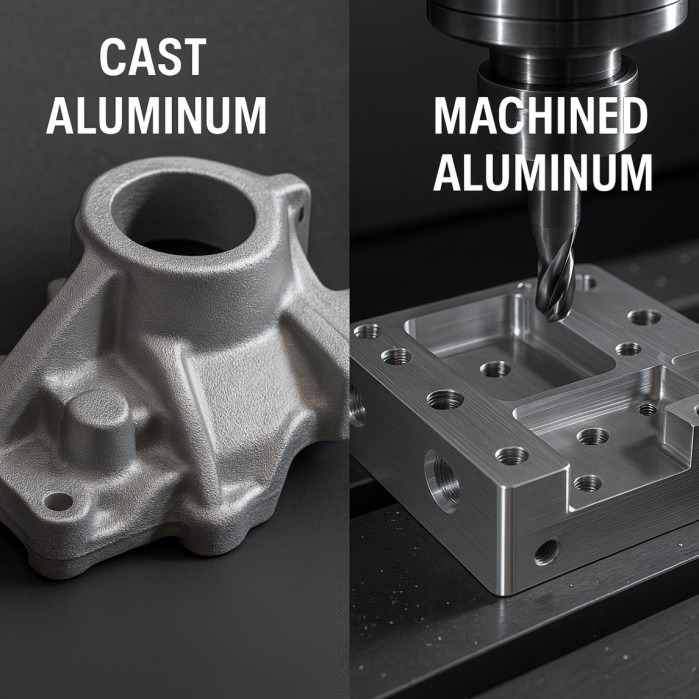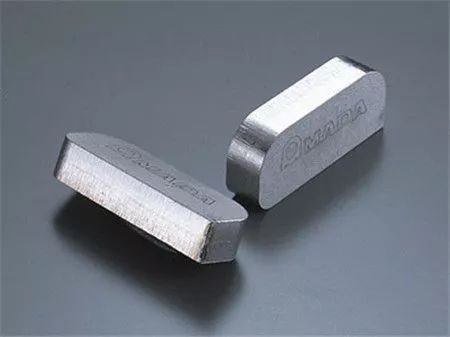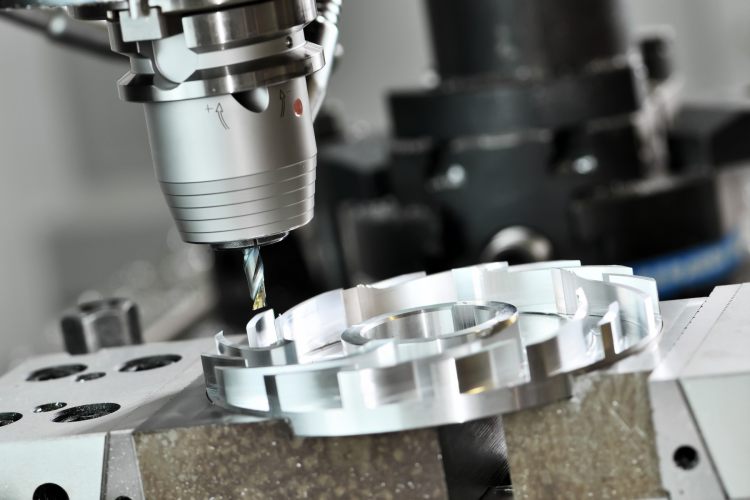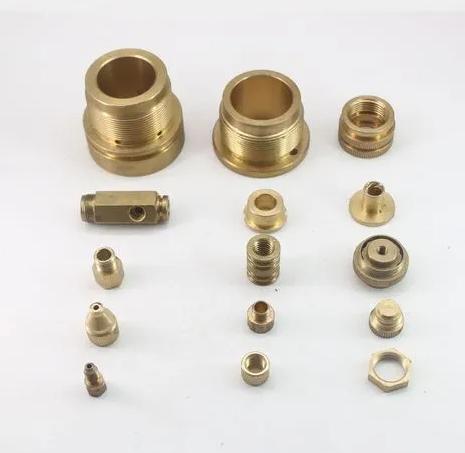CNC milling of aluminum has revolutionized manufacturing industries, offering precision, versatility, and efficiency in the creation of various components and parts. This article delves into the world of CNC milling aluminum, exploring the common types of aluminum alloys used and the essential tooling considerations. Whether you’re looking to mill 6061 aluminum or seeking aluminum CNC machining services for intricate parts, understanding these aspects is essential for success.
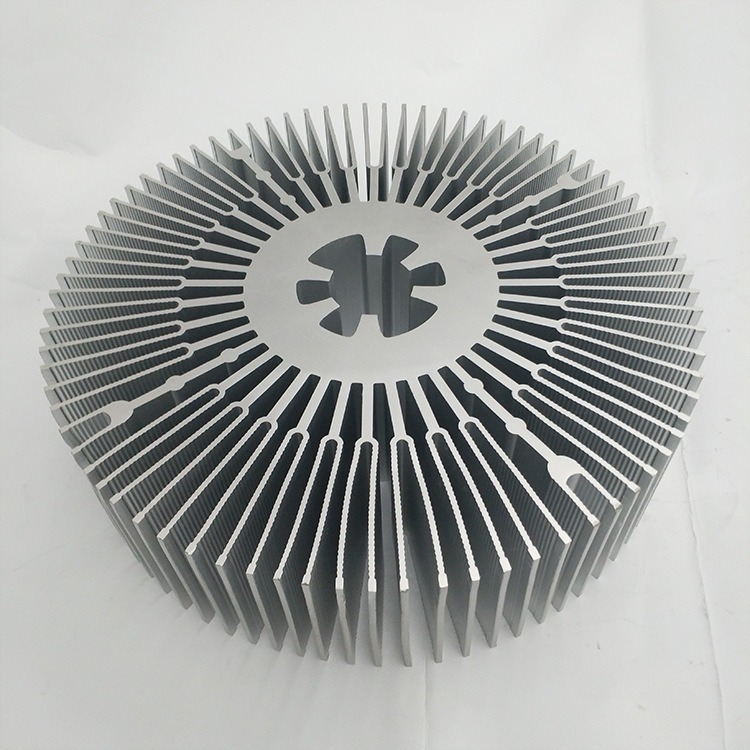
Types of Aluminum Alloys Commonly Used in CNC Milling
Aluminum alloys are the lifeblood of CNC milling, providing an ideal balance of strength, machinability, and corrosion resistance. Among the many alloys available, several stand out as common choices for CNC milling aluminum parts:
| Aluminum Alloy | Key Properties | Common Applications |
| 6061 | Good machinability Weldable Corrosion resistance | Structural components Machine parts |
| 7075 | High strength Excellent fatigue resistance Challenging to machine | Aerospace components Military applications |
| 5052 | Excellent corrosion resistance Moderate strength Easy to form and weld | Sheet metal applications Marine components |
| 2024 | Good machinability High strength Good fatigue resistance | Aerospace structural parts Aircraft components |
| 5083 | Exceptional corrosion resistance Moderate strength Good weldability | Marine applications Shipbuilding |
| 6063 | Good formability Surface finish Corrosion resistance | Architectural profiles Tubing and extrusions |
| 2011 | Excellent machining properties High mechanical strength Lower corrosion resistance | Screw machine parts Precision-turned components |
| 6060 | Good formability Surface finish Weldability | Architectural applications Structural profiles |
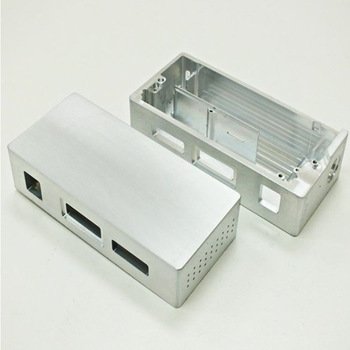
How to Select the Tooling for CNC Milling Aluminum?
Selecting the right tooling for CNC milling aluminum is pivotal in achieving precision and efficiency. Several factors should guide your tooling choices:
- Material Compatibility: Ensure your tools are specifically designed for aluminum machining. Using tools designed for other materials can lead to premature wear and compromised performance.
- Tool Material: Carbide and high-speed steel (HSS) are commonly used tool materials for milling aluminum. Carbide tools are preferred for their hardness and wear resistance, making them suitable for high-speed milling.
- Tool Geometry: Pay attention to the tool’s geometry, including the number of flutes, flute design, and rake angle. Proper geometry influences chip evacuation, surface finish, and tool life.
- Cutting Speed and Feed Rates: Match the tool’s cutting speed and feed rates to the aluminum alloy being machined. Charts and recommendations from tooling manufacturers can guide your choices.
- Tool Size: Select the tool diameter appropriate for your job. Larger tools remove material quickly but may require more spindle power, while smaller tools are suitable for detailed work.
- Coating: Consider coated tools (e.g., TiN or TiAlN) to enhance tool life by reducing friction and heat buildup. Coated tools also aid in chip evacuation, particularly during high-speed machining.
- Tool Rigidity: Ensure the tool holder and machine spindle can handle the selected tool size and cutting forces. Rigidity prevents vibration and tool deflection, ensuring accuracy.
- Coolant or Lubrication: Depending on the application, decide whether to use coolant or lubrication. These help dissipate heat and extend tool life. Various methods, including flood cooling and air/oil mist, are available.
- Tool Life Expectancy: Estimate the tool life required for your application. Longer tool life may justify the use of higher-quality or coated tools.
- Tool Maintenance: Regularly inspect and maintain your tools to ensure consistent results. Replace tools as needed to maintain peak performance.
- Cutting Strategy: Optimize your cutting strategy by considering depth of cut and radial engagement, striking a balance between material removal rates and tool life. High-speed machining techniques can boost efficiency.
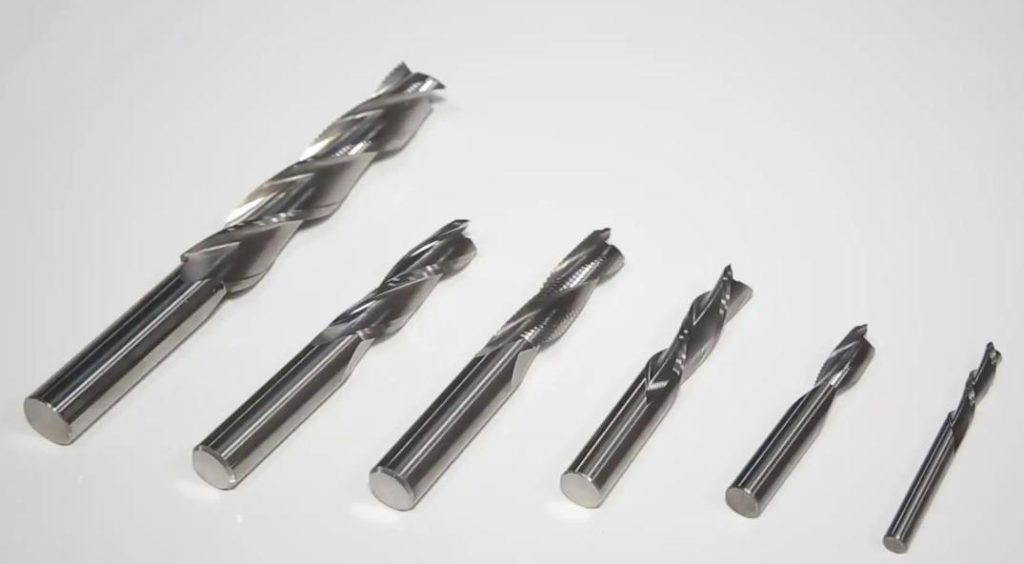
Conclusion
CNC milling aluminum opens up a world of possibilities for manufacturing precision parts and components. Whether you’re milling 6061 aluminum or exploring aluminum CNC machining services for intricate projects, understanding the nuances of aluminum alloys and tooling is essential for success. The choice of aluminum alloy, tool material, and cutting parameters can significantly impact your CNC milling results, so always prioritize precision, efficiency, and quality in your endeavors. By adhering to these principles, you can unlock the full potential of CNC milling aluminum for your specific needs.


